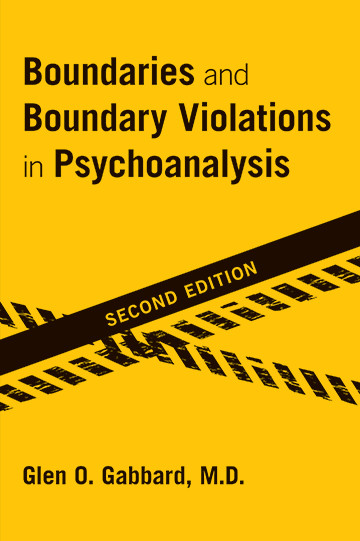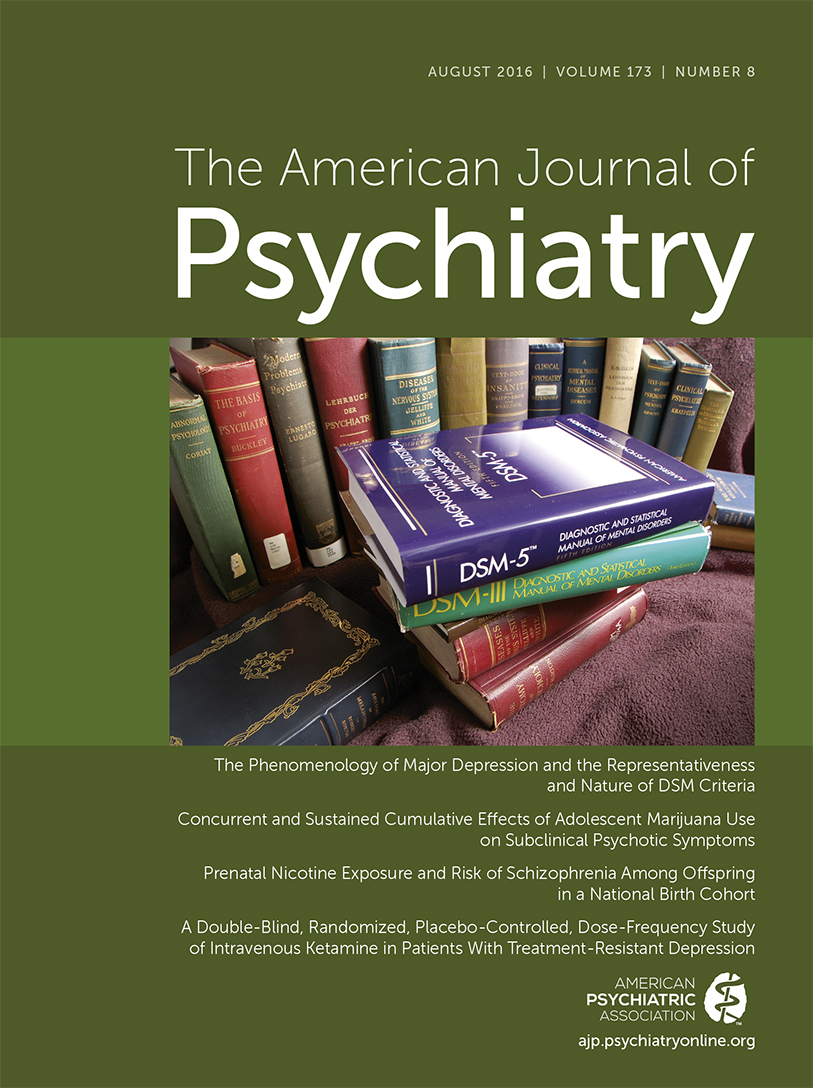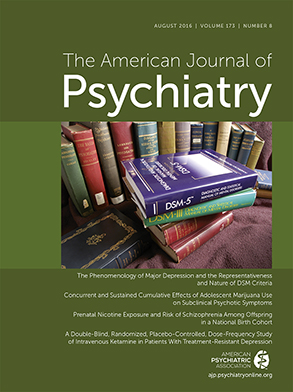On the day of this writing (April 10, 2016), an article in the
New York Times noted an apology from J. Dennis Hastert, a former speaker of the U.S. House of Representatives, for the sexual abuse he allegedly committed decades ago while he was a high school teacher and coach (
1). Such revelations of a breach of basic trust, unfortunately, are all too common. People in authority (mainly men) too frequently take advantage of those who are in their care, whether they be men, women, boys, or girls. The perpetrators may be priests, pastors, or rabbis; teachers, professors, or coaches; political leaders; supervisors in the workplace; guards or more powerful inmates in prisons; physicians; and, of course, psychiatrists, psychologists, psychoanalysts, or other mental health professionals.
All of these situations have one element in common. The perpetrator is a person in a position of power who has the potential to help and protect the student, the employee, the patient. The one who is victimized is in a subordinate position, very likely feeling physically and emotionally vulnerable, and is looking to the powerful person for support and aid.
What better way to study the dynamics of this ubiquitous pathological and destructive interaction than via the lens of depth psychology, as in psychoanalysis and psychodynamic psychotherapy? Glen O. Gabbard, who has consulted with numerous colleagues and patients who have been involved with boundary violations and who has written a great deal about the subject, provides a great service to the entire mental health community with the second edition of Boundaries and Boundary Violations in Psychoanalysis. As Gabbard emphasizes throughout the volume, psychoanalysts, psychiatrists, and other mental health practitioners are particularly vulnerable to the entreaties of patients when they themselves are in vulnerable, stressful states, despite the injunctions of professional ethics codes against sexual and other inappropriate interactions with patients.
Gabbard stresses that it is not valuable to conceptualize the problems of those who commit boundary violations in a binary fashion (those who can and those who cannot be rehabilitated). Rather, it is best to conceptualize problematic behaviors as falling within a spectrum resulting from the professional’s difficulties with his or her own narcissistic problems (whether excessively grandiose or vulnerable), with his or her sadomasochistic core, with his or her tendency toward action rather than reflection, and with his or her perception that the patient is particularly damaged and needs parenting or sex instead of psychotherapeutic treatment (whether it be psychoanalysis or another intervention). In all of these discussions, Gabbard stresses the importance of not blaming the victims, which until recent times, and probably still at times in the present, institutions were universally wont to do. The patient can be seductive or inappropriately demanding, yet it is the mental health practitioner’s job to therapeutically intervene and not to act inappropriately. This may be particularly difficult, as discussed in chapter 4, when patients attempt to blackmail and seduce the professional with comments such as, “What is more important? My life or your stupid ethics rules?” (p. 61).
When boundary violations or less egregious nonsexual boundary crossings are committed, the impact on the victim cannot be underestimated. Gabbard illustrates this problem in the case of Dr. K (pp. 76–83). Gabbard’s use of the patient’s words provides a moving vignette for the reader: “After 5 years of analysis, I am left with having to sort it all out again. I gave my life to him, and he cheated me” (p. 83).
A particular strength of the volume is its scope: it moves from tracing the history of the problem from the beginnings of psychoanalysis to addressing the effects of contemporary use of electronic and social media within the therapeutic relationship. The volume is an incredible resource to help practitioners and students alike. The numerous case examples, intertwined with theoretical discussions, are in-depth and reader friendly.
Gabbard ends the volume (chapter 11) in a pessimistic voice. He states that despite greater awareness and educational efforts, boundary violations (sexual and nonsexual) continue to occur, and he notes that he is pessimistic about the success of efforts to prevent the exploitation of patients. The one medium, he stresses, that can succeed is the use of consultation. However, consultation requires an openness to allow oneself to counteract one’s sense of omnipotence and denial in order to use the services of a colleague.
From my perspective, because an important cause of the problem of boundary violations involves the use of action instead of reflection, using the insights from child analysts may provide an avenue to address this ubiquitous problem. Child analysts who treat young children intensively are always involved in action and talking. Children play and interact. The analyst utilizes the nature of the play to try to understand the important issues for the child. Within the play the child may ask the analyst or therapist to touch the child, and vice versa. Obviously the analyst has to limit such actions. In addition, the use of toys or other material as displacements from the body can promote further reflection of the child’s wishes and conflicts. Can insights such as this one be helpful in the treatment of adults, who obviously are not children? To my knowledge, Gabbard and others working in the field have not explored potential contributions to the treatment of adults based on the intensive work with children.
Finally, it is unfortunate that the title of the book limits itself to the field of psychoanalysis. How many readers of the Journal, for example, will not look at this book because of its title? Perhaps adding to the title the words “and Psychotherapy” for the next printing would increase readership. We all have to commend and thank Glen O. Gabbard for this rich resource.


